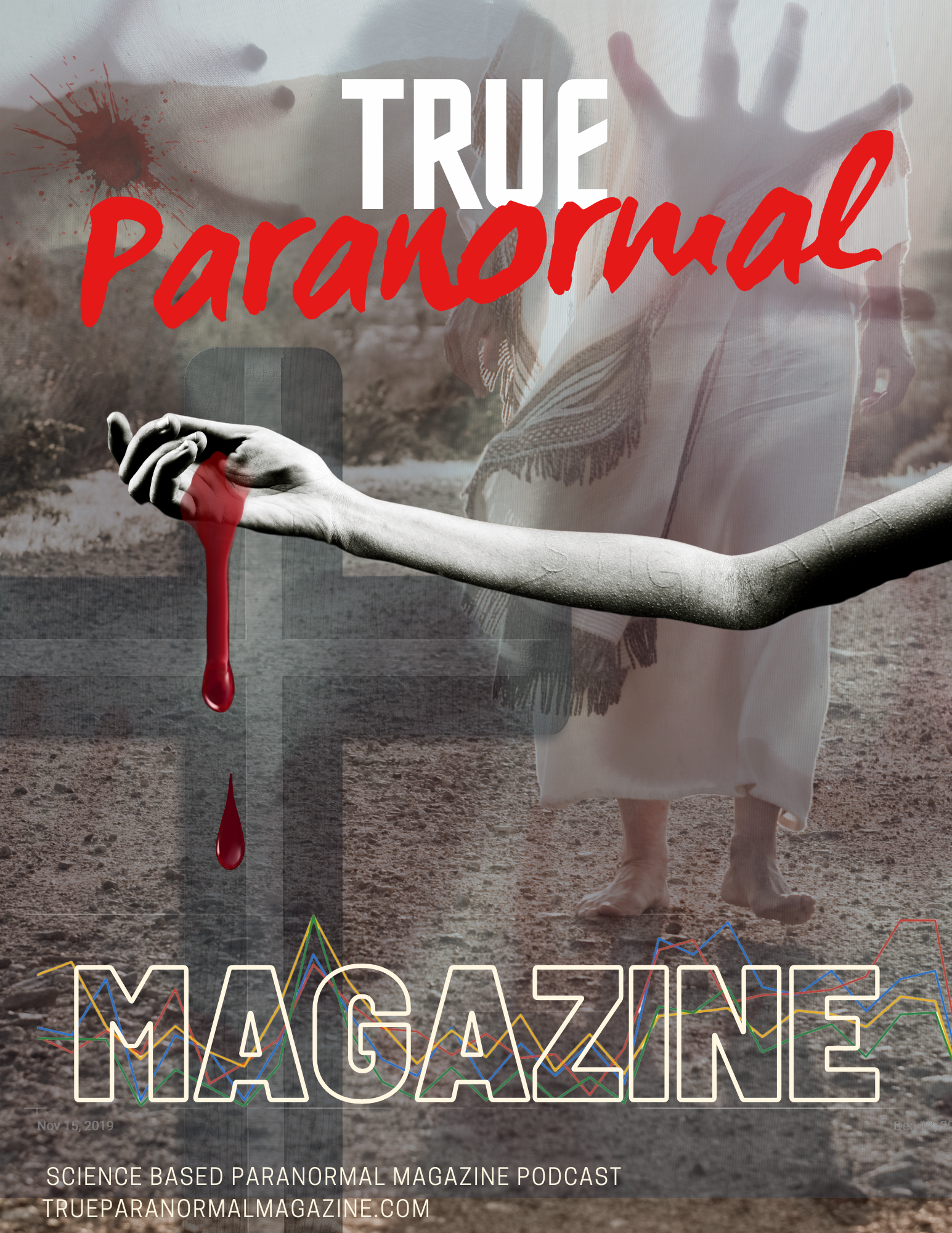Stigmata: The Scientific Explanation and Historical Significance
Stigmata is a religious phenomenon in which an individual experiences wounds or markings that resemble the wounds of Jesus Christ. Stigmata has been reported throughout history, and it continues to fascinate people around the world. While some believe that stigmata is a miraculous sign, others view it as a hoax or a mental illness. In this article, we will explore the scientific explanation of stigmata and its historical significance.

Historical Background
The first recorded case of stigmata occurred in the 13th century when Saint Francis of Assisi received the wounds of Christ on his hands, feet, and side. Since then, there have been many cases of stigmata reported, with the most well-known being the case of Padre Pio, an Italian Catholic priest who bore the wounds of Christ for 50 years.
Stigmata is not limited to Christianity, however. Similar phenomena have been reported in other religions, including Hinduism, Buddhism, and Islam. In some cases, individuals have experienced markings or wounds that correspond to the religious beliefs of their culture.
Scientific Explanation
The scientific explanation of stigmata is based on the concept of psychosomatic illness, which is an illness caused by psychological or emotional factors. In the case of stigmata, the wounds or markings are believed to be a physical manifestation of the individual’s psychological or emotional state.
One theory is that stigmata is a form of self-hypnosis, in which an individual’s belief in the wounds is so strong that they manifest on the body. Another theory is that stigmata is a form of hysteria, in which an individual’s emotions are so intense that they cause physical symptoms.
There is also evidence to suggest that stigmata may be related to the placebo effect. In a study conducted by Dr. William Broad, a psychologist at the University of California, Irvine, he found that individuals who believed that they were receiving a pain-relieving medication were more likely to report a decrease in pain, even if they were given a placebo. This suggests that the power of belief can have a real, measurable effect on the body.
In addition to these psychological explanations, there is also evidence to suggest that some cases of stigmata may be related to physical conditions. For example, a condition called erythromelalgia can cause redness, swelling, and pain in the hands and feet, which could be mistaken for stigmata. Other physical conditions, such as autoimmune disorders and nerve damage, can also cause symptoms that resemble stigmata.
Historical Significance
The historical significance of stigmata is complex and varied. For some, stigmata is seen as a miraculous sign of divine intervention. In the case of Padre Pio, for example, many people saw his wounds as a sign of his holiness and his connection to God. Some people who experience stigmata report feeling closer to God or feeling a sense of spiritual enlightenment.
On the other hand, stigmata has also been viewed with suspicion and skepticism. In some cases, individuals who claimed to have stigmata were accused of faking their wounds for attention or financial gain. In other cases, individuals were accused of mental illness or of being under the influence of demonic forces.
Today, stigmata is viewed by many as a fascinating and perplexing phenomenon that continues to defy scientific explanation. While some may view stigmata as a spiritual or religious experience, others view it as a manifestation of the power of belief and the mind-body connection.
Conclusion
Stigmata is a complex and multifaceted phenomenon that has intrigued people for centuries. While some believe it to be a miraculous sign of divine intervention, others view it as a psychological or physical condition
